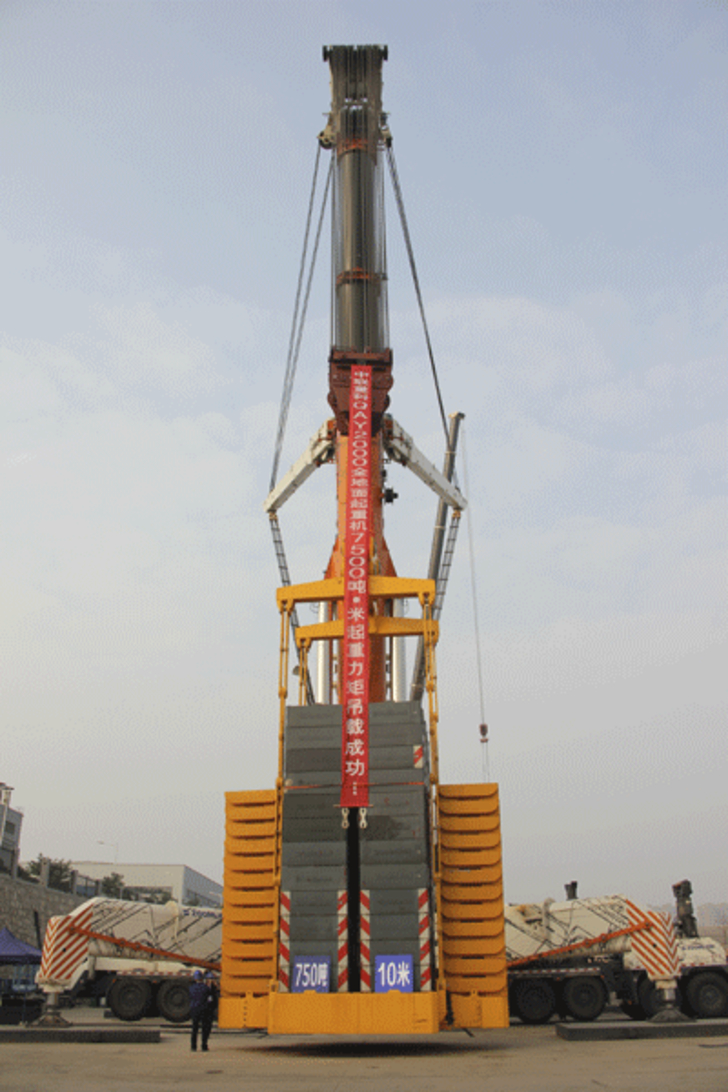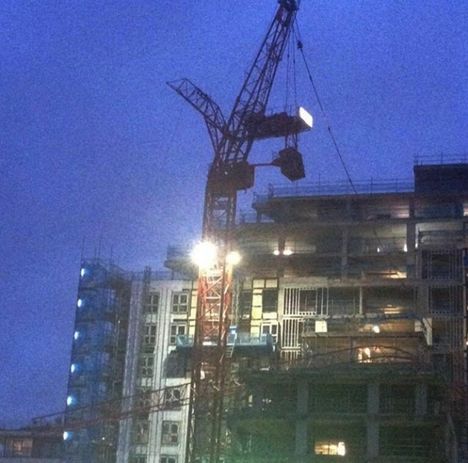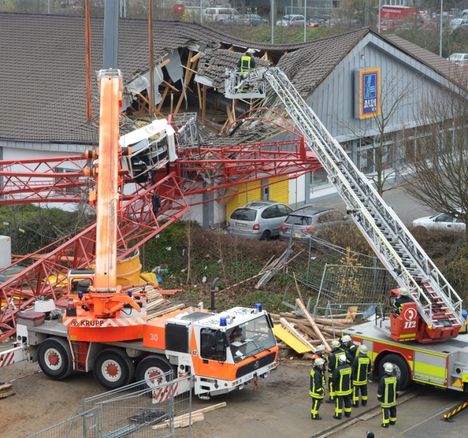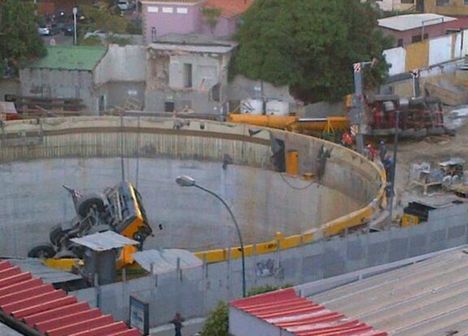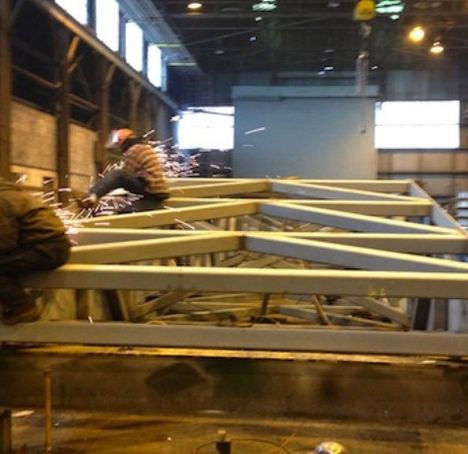China will have a “more targeted” new wave of urbanization in contrast to infrastructure spending in 2008, according to Alexious Lee, a senior investment analyst with CLSA.
A rise in demand for machinery is expected after two years of decline as local governments look to complete projects. Lee says there is “more commitment to connecting infrastructure. China demand will be excavator-centric over the next two years”.
More work in or near cities – rather than on highways – will also see increased demand for higher quality products (in terms of noise pollution standards, for example) and relatively less demand for basic ground-levelling equipment and wheeler-loaders.
The analyst observes that this trend is ongoing, with foreign brands (such as Caterpillar and Komatsu) gaining 3%-5% market share this year – which will continue next year. At the same time, China’s six leading machinery conglomerates – CNMIC, Liugong, Sany Group, Shandong Heavy Industry Group, XCMG, Zoomlion Heavy Industry Science & Technology – should gain as the sector consolidates and customers upgrade.
The six groups account for around a third of sector sales revenue or more than the fifth which foreign OEMs (original equipment manufacturers) claim. Smaller Chinese OEMs, meantime, account for less than half of the market share.
CLSA placed 13 excavators to the test and found that “the perception that China brands are poor quality is wrong…which is one reason why China brands have been able to maintain share despite the slowdown”. The analyst also anticipates China’s machinery exports doubling over the next three years.
A large number of entrepreneurs entered the sector following the 2008 stimulus, but many have since exited amid tighter financing conditions and the trend in demand for higher quality products. Those that remain are likely to become acquisition targets going forward, Lee comments.
In addition to urban infrastructure, he sees social housing construction as keeping property fixed asset investment growing by more than 20% annually in 2013 and beyond, helping to spur a rise in demand for machinery. He notes that of the 30 million social housing units started by end-2013, “the market is missing the fact that [11 million of the] first 15 million [completed] are less capital intensive – upgrade, reconstruction and renovation projects”. In contrast, the 75% of the 15 million units under construction are more capital-intensive projects.
In the second half of 2013, machinery sales volume has bounced off a low base, with a pick up in sales of early cycle products such as heavy trucks, excavators, wheel loaders and road headers used for mining and general construction. By the end of the first half of 2014, late cycle products – like concrete machinery and mobile cranes – will also see a pick-up in demand. Even mining machinery, where “demand fell off the cliff with mining companies cutting capital expenditure” should see more replacement demand, it was noted.
CLSA’s top picks are component supplier Weifu High-Technology and Zoomlion Heavy Industry Science & Technology. The broker also has a buy rating on Sany Heavy Equipment International, based on stronger replacement demand for mining machinery.
Earlier, Beijing completed an urbanization work conference in Beijing geared around the objective of “people-oriented urbanization” – aimed at improving the quality of development along with opening up opportunities for migrant workers to become urban residents. The conference followed the Chinese Communist Party’s Third Plenum, which called for market pricing in sectors such as water, oil and gas – impacting the demand for machinery to put in place urban infrastructure ranging from water, gas, electricity, telecoms, sewage and drainage supplies.
